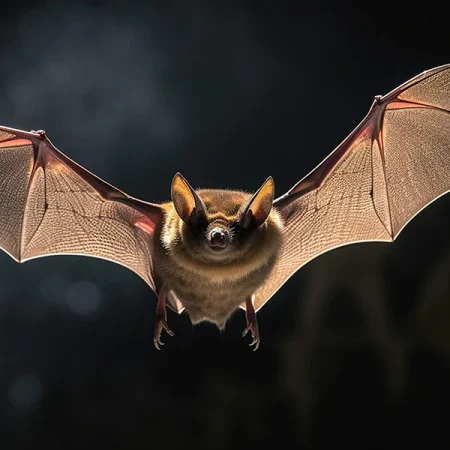Leave your information below and I will get back to you shortly.
Finding bats nesting on your property can certainly be a spooky experience. Thankfully, there’s nothing to fear so long as you leave them alone and let the professionals handle them.
I provide a turnkey bat control solution, addressing every aspect from safe bat removal, proactive prevention, and meticulous bat waste cleanup, to repairs of any bat-related damages. Call me today and let’s discuss your bat issue.
Caring for your property and ensuring a bat-free environment is my top priority. My bat removal process is a well-honed system that safely and efficiently resolves bat infestations while safeguarding your property and ensuring the well-being of these remarkable creatures.
Do you have questions about bat removal or exclusion in the Portland-Vancouver metro area? Look no further. Explore these bat control FAQs, and if you have further questions, don’t hesitate to reach out.
Rabid bats are a recurring issue in Oregon, with documented cases reported annually. Bat rabies is the primary strain of rabies found in Oregon, and it has been identified in 30 out of the state’s 36 counties. Typically, only individual rabid bats are discovered and tested officially, which underestimates the actual number of rabid bats as they often live in colonies where the virus can spread rapidly. Bats can carry the rabies virus for extended periods before developing active symptoms, contributing to yearly bat rabies outbreaks in Oregon. Historically, Lane County has recorded the highest number of “tested” rabies-positive bats from 1960 to 2000.
Bat guano is a known histoplasmosis vector, recognized by the CDC. The exposure risk of histoplasmosis comes from the inhalation of spores of the fungus Histoplasma capsulatum. These spores are in the guano of bats infected with this fungus. This potential health risk is why bat waste should be professionally removed from occupied houses and buildings.
When a bat is found on the ground or “grounded” this means something is wrong. Bats on the ground should not be captured or handled by untrained people. Rabies should be a first consideration since this is a fatal virus that could be transmitted to a human. But, it could be an injured or dehydrated bat as well. Sometimes juvenile bats fall out of the primary opening to a building or fall off of their mother’s back as they are being conditioned to the outdoor environment.
Bat urine is a very erosive contaminant due to the high content of uric acid. This urine can severely damage metal and wood components inside a structure. Typically, electrical junction boxes, conduits, ductwork, structural plates, and fasteners can be damaged by bat urine in a bat-infested attic or vaulted ceiling.
In addition to uric acid damage, bat urine can contain a multitude of different pathogens, as well as a strong odor. Bat urine crystallizes to a white color after it dries and is often observed on glass window surfaces where bats have an infestation. White stains associated with areas bats are using can be observed on any surface where bat urine is present though.

Leave your information below and I will get back to you shortly.
Don't let bat infestations compromise your property's safety and comfort. You can trust ABL Wildlife for safe, efficient, and humane bat removal services. I'm here to help you regain control of your space.
Call me or fill out the online contact form, and I will get back to you promptly.
Click Here
Serving the Portland Metro Area
Home » Wildlife Removal – Exclusion » Bat Removal